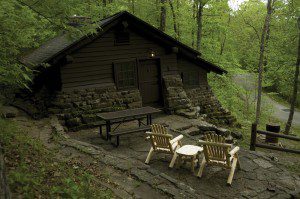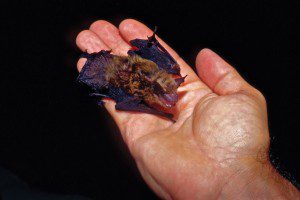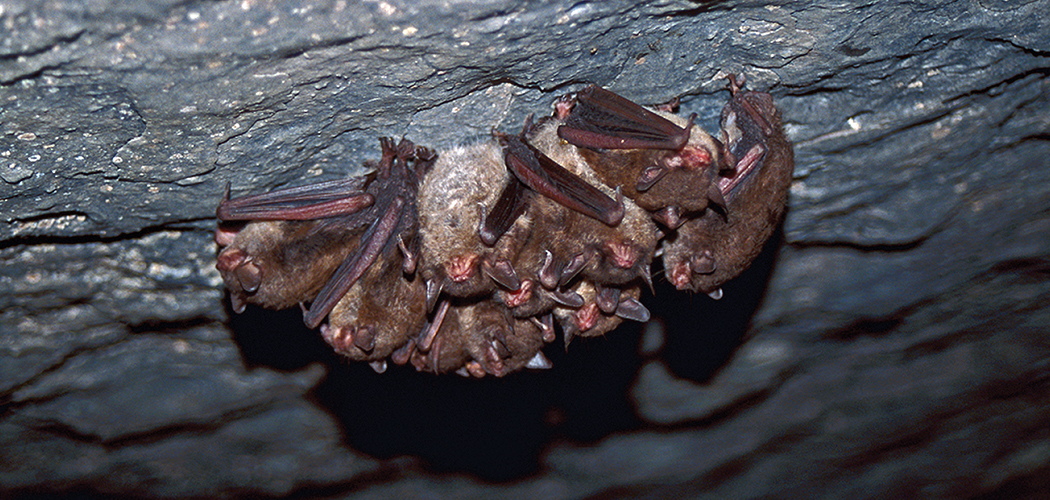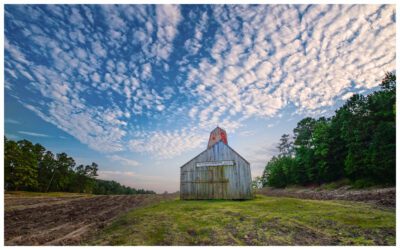[title subtitle=”words: Marla Cantrell
Images: courtesy Arkansas Department of Parks and Tourism”][/title]
The drive to Devil’s Den State Park near West Fork, Arkansas, takes you from the Boston Mountains into Lee Creek Valley. Patches of corn and tomatoes and squash blossom beside houses set back a good distance from the road. Dogs of dubious pedigree roam the invisible boundaries between yards. Crows caw. Hawks circle. And cows amble toward ponds that glitter in the noon-day sun. Oak and hickory trees, green as emeralds, rise even higher than the red barns they shade.
At the end of all this drive is Devil’s Den, a park built by the Civil Conservation Corps, an organization started by President Franklin D. Roosevelt in the 1930s. The CCC provided jobs for unemployed young men hungry for work at a time when the nation was grappling with the economic effects of the Great Depression.
Their handiwork remains, including cabins, trails, an overlook, and the eight-acre lake with the rock dam where water is rushing, the sound like meditation if you stop and listen.
 On any given day, this 2,500-acre park surrounded by the Ozark National Forest is bustling with those who’ve come to hike, those who’ve traveled with their horses, and those who’ve come to camp, swim, mountain bike, or eat at the restaurant. Another big draw used to be the two kinds of caves, some limestone and others sandstone, a rare occurrence. But they’ve since closed to the public. In 2009, Farmer’s Cave and Big Ear Cave shut down. The following year, Devil’s Den Cave and Ice Box Cave closed.
On any given day, this 2,500-acre park surrounded by the Ozark National Forest is bustling with those who’ve come to hike, those who’ve traveled with their horses, and those who’ve come to camp, swim, mountain bike, or eat at the restaurant. Another big draw used to be the two kinds of caves, some limestone and others sandstone, a rare occurrence. But they’ve since closed to the public. In 2009, Farmer’s Cave and Big Ear Cave shut down. The following year, Devil’s Den Cave and Ice Box Cave closed.
The reason for the closures is to slow the spread of white-nose syndrome, a fungus estimated to have killed more than seven million bats in North America since the winter of 2006-2007 when it was first detected in New York. The malady enters the mouths, wings, and noses of hibernating bats, at a time when their immune systems are mostly inactive. The fungus makes them wake more often, causing them to burn the fat they stored to survive the winter. You might see affected bats flying during the daytime when they should be hibernating, for example, or gathered in groups just outside caves.
While experts believe efforts like closing public caves are likely slowing the progression of the fungus. The fungus was suspect in a sample in Devil’s Den in 2013, although none of the bats exhibited symptoms at that time. And although white-nose is not believed to be harmful to humans, it’s possible people can spread it by going into a cave, getting the fungus spores on clothes, backpacks or shoes, and then entering another cave, sometimes hundreds of miles away.
Assistant Park Superintendent Tim Scott and Park Interpreter Terry Elder have a fondness for these bats that are facing such a hard time, and that are quite possibly the most misunderstood animals on earth. Terry often fields questions from kids who want to know if the bats here suck blood like the ones they’ve seen on television or in movies. (They do not.) The smallest visitors sometimes think the bats are as big as Batman, but a fun-filled zoology lesson usually clears things up.
Terry, who is part of the team that does an annual assessment on the bat population at the park, talks about how that process has changed since white-nose syndrome showed up. She, along with another park interpreter, and a biologist from the Arkansas Game and Fish Commission, go into the cave when the bats are hibernating, hanging from the walls or ceilings. One of the three is counting, another recording the count, and another swabbing the walls and certain bats to collect samples that will be tested for the infection.
When Terry exits the cave, she removes her coveralls and bags them up. She throws away her backpack, since it’s not easily cleaned, and she disinfects her shoes and helmet. She has to go home and shower before she can enter the park again.
Terry is talking about the procedure while sitting inside the visitors center. While she has a healthy respect for bats (they can bite, they could carry rabies), she also praises them. It’s estimated that a single bat can eat 1,200 insects in an hour. They help farmers control damaging pests, which decreases the use of pesticides. And they take a bite out of an increasingly troubling mosquito population. Their worth for North American agriculture is estimated at $50 billion a year.
There are as many as seven species of bats at the park in the summer months. Tim, who’s worked here for thirty-one years, mentions the Big Brown Bat, the kind you’re likely to see near your home, and the tri-colored bat. He’s especially fond of the Ozark big-eared bat. The winged creature is about the size of a teacup. It nuzzles its head against its mate when it gets romantic. And then there are those ears. “They have big ole bunny ears,” Tim says. “They’ll roll them down if they get cold, right down to their body to conserve heat, like rolling a window blind up or down.”
Since 1990, the park has held an entire weekend devoted to the bats, called Bat-O-Rama. It was started by a park employee, Harry Harnish, who’s since retired. Experts come to speak; kids get to make bat-related crafts and Dr. Tom Risch, from Arkansas State University, brings some of his grad students, who assemble a net over Lake Devil to catch a few of the bats that are measured, weighed, and general-health checked, and then released.
This year’s event takes place Friday, June 10 through Sunday, June 12, with most of the activities happening on Friday and Saturday. Visitors will get to listen to the bats via high-tech equipment, at an evening meeting at the dam, the bats’ squeaks and clicks so distinct that experts will be able to identify a species just from the sounds.
Each year, visitors of all ages show up. Families come together, often camping or staying in one of the cabins for the weekend. Others show up just for a day. And every year, Tim and Terry hand out pins, a unique one for every Bat-O-Rama, that attendees wear. “We’ve seen visitors come wearing a pin for every year since we started,” Terry says.
“This is one of the most popular events at the park,” Tim says. The next big event will be the Fourth of July celebration.
 In the decades he’s been here, he’s seen all kinds of things, like the devastation an ice storm can bring, or what torrential rains can do, or the trouble a fungus can cause. But he’s also seen reunions for the CCC boys, who came back to admire their work and tell stories of their youth. He’s been privy to family reunions that have a fifty-year history at Devil’s Den. And he’s met visitors from Chili, Germany, and England, who stopped to admire this Arkansas treasure.
In the decades he’s been here, he’s seen all kinds of things, like the devastation an ice storm can bring, or what torrential rains can do, or the trouble a fungus can cause. But he’s also seen reunions for the CCC boys, who came back to admire their work and tell stories of their youth. He’s been privy to family reunions that have a fifty-year history at Devil’s Den. And he’s met visitors from Chili, Germany, and England, who stopped to admire this Arkansas treasure.
No one knows for sure what the future holds for the bats. There is not yet a cure, but a researcher discovered that a naturally occurring bacteria found in the soil, when grown through induction in a lab, can inhibit the growth of the fungus. He and other government biologists were able to successfully treat several infected bats from four caves in Missouri and Kentucky. So there is hope and research is ongoing.
As for Devil’s Den, Terry says that there was an uptick in the bat population last year, and that is thought to be an early indicator of white-nose. During their count, they found five bats with visible signs of the infection, on their faces and ears, which was later confirmed.
Terry and Tim spend their days in nature, watching how one thing overtakes another, how a chain of events can be set off by something as unavoidable as lightning striking a bone-dry meadow. But still they do their diligent work, being as careful as they can to help these bats that are as much a part of this park as the caves that house them. And while they wait for the day when the caves can open again, they educate everyone they can, telling the story of what the bats do, how they live, and the forces they fight to keep on flying.
Bat-O-Rama
June 10-12 | Devil’s Den State Park
11333 W Highway 74, West Fork, Arkansas
arkansasstateparks.com/devilsden
For more on white-nose syndrome, including what you can do to help, visit whitenosesyndrome.org.




